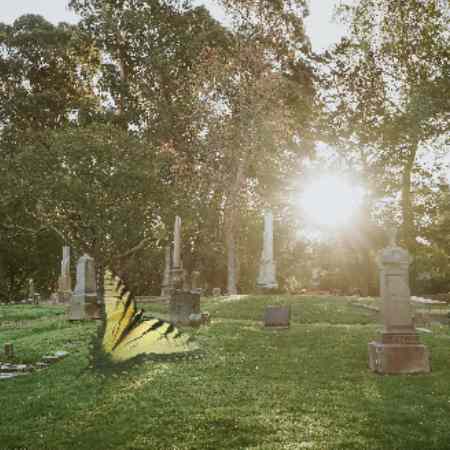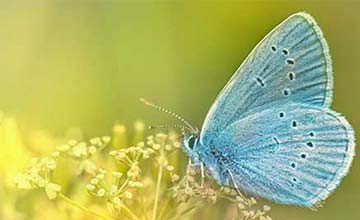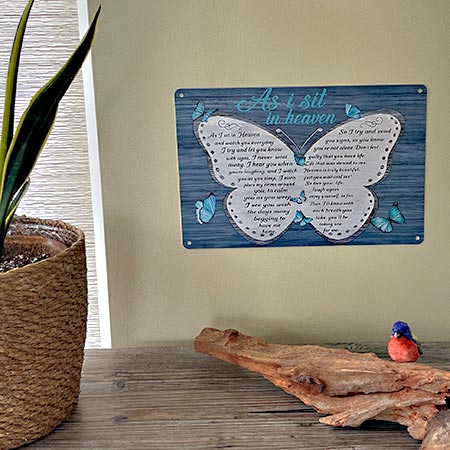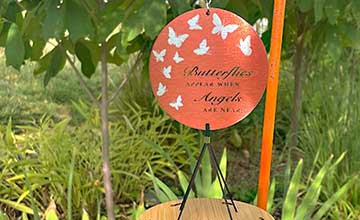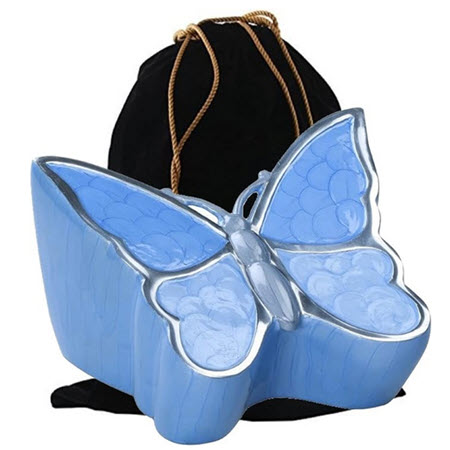Over time, butterflies have captured imaginations with their beauty and hints of transformation. They often stand for growth, hope, and fresh beginnings. In art and writing, these delicate creatures appear in many forms, speaking to deep human emotions. Their bright wings seem to remind us that change can be natural, even if it feels shaky at first. This topic can inspire thoughtful conversations about renewal and personal discovery.

For those who feel curious about writing more on this subject, there are ways to learn professional techniques. A helpful way is to pay someone to write my essay. People who want to get a sense of reliable help can also read reviews on scamfighter.net. Studying how other writers approach butterfly symbolism may give everyone new confidence on the page. This article explores how butterflies have shaped art and literature throughout centuries. Their stories weave through countless cultures, forming a timeless thread of fascination and wonder.
Butterfly Symbolism in Ancient Cultures
Many ancient societies saw the butterfly as a guide for the spirit. Some believed it carried the souls of the departed, while others viewed it as a symbol of light and rebirth. In Greek myths, Psyche was often drawn with butterfly wings because her name also meant “soul.” This link showed that human emotions and spiritual journeys could be tied together in fluttering form. The Aztecs also honored the butterfly as a sign of the life force. It served as a reminder that each being carries hope and potential, even when clouds seemed dark.
These beliefs did not come from wishful thinking alone. People saw butterflies change from tiny caterpillars into winged wonders. That shift hinted that every living thing could rise above its old shape. Artifacts and relics from centuries ago confirm that folks admired these insects as a mirror of their own journeys. Through such stories, they passed on lessons of faith, courage, and endless beginnings.
How Butterflies Appear in Art
Across centuries, artists have used butterfly images to highlight shifts in color, form, and feeling. Renaissance paintings sometimes included small butterflies as a quiet reminder of life’s swift changes. In Asian art, their wings often appeared on silk robes and delicate screens. Each brushstroke stressed grace and balance, reflecting people’s wish for harmony. Later, in impressionist works, the butterfly’s flutter matched the rush of bold color on the canvas. Modern pieces also embrace these insects, using them to remind viewers of small beauties in a busy age.
Sculptors have tackled them too. They carve or mold butterfly forms to capture fragile grace in solid material. The insect’s short life cycle can also spark big emotions. That can push an artist to show hope or sadness, depending on how they view growth and loss. Sometimes, a single butterfly in a painting can spark wonder about our own ability to adapt. It is a living metaphor that crosses many artistic styles.
Butterflies in Literature
Writers often use butterflies to explore themes of growth and the fragile nature of life. Poems highlight their colorful wings as symbols of hope. Novels place them in key scenes to echo a character’s inner journey. Short stories use their delicate flight to spark a moment of surprise. Through these methods, authors show that simple creatures can reveal deep truths. Some writers pair butterfly images with sorrow, linking the insect’s short lifespan to fleeting experiences. Others treat the butterfly as a sign of good news on the horizon.
In older folktales, a butterfly’s path might guide a hero or unlock a hidden truth. Contemporary works continue this trend, weaving them into narratives about personal change and second chances. The insect comes and goes in a swift motion, forcing readers to think about missed opportunities or dreams that have yet to bloom. Even a single butterfly can reflect the wonder and mystery of life’s twists and turns in surprising ways.
Why Butterfly Symbolism Still Matters
Butterfly symbolism has stayed strong because it speaks to the human wish for re-invention. These insects show that change can be natural and even beautiful. They also point to life’s delicate balance, reminding people to value small gifts while they last. In modern times, they show up on tattoos, logos, or simple backyard gardens. Each butterfly sighting can spark a feeling of awe, linking the viewer to something bigger than daily concerns.
As thinking grows more fast-paced, the butterfly’s gentle flutter breaks through constant noise. This might give someone a moment of calm or remind them of life’s quieter joys. As a bridge between art and text, butterflies help people find shared meaning. They remind everyone that small changes can create bigger shifts in spirit. By studying how classic painters, ancient cultures, and modern writers use these symbols, a reader might discover a new sense of hope. In that way, the butterfly remains a promise of growth for all generations. School classes often introduce butterfly themes, which can spark a lifelong love.
